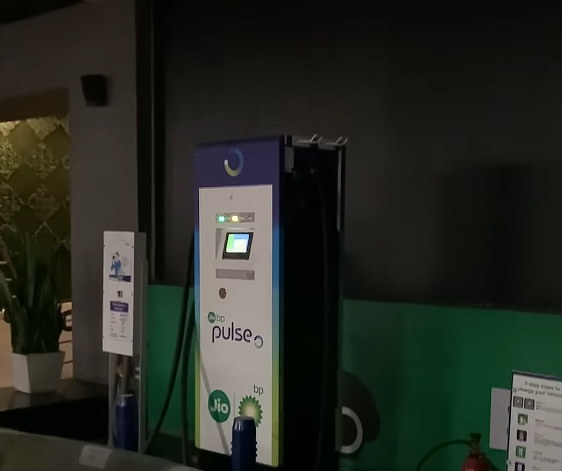If you’ve ever been at a fuel pump and wondered whether to go for normal petrol or power/super petrol, you’re not alone. With increasing fuel prices and more technologically advanced engines, this question is more relevant than ever. Let’s break down the difference between the two, and help you decide what’s best for your car and your wallet.
What Is Normal Petrol?
Normal petrol, also known as regular unleaded petrol, typically has an octane rating of 91. It is the most commonly used fuel in India and is suitable for most standard vehicles with low to moderate engine compression ratios.
What Is Power/Super Petrol?
Power petrol (also known by names like Speed, XP95, XtraPremium, etc.) is a high-octane fuel, usually with a rating of 91–95 or higher. It’s often marketed as a premium fuel and includes additives that claim to:
- Improve engine performance
- Reduce knocking
- Enhance throttle response
- Clean engine components
Key Differences:
| Feature | Normal Petrol | Power/Super Petrol |
|---|---|---|
| Octane Rating | 91 | 91–95+ |
| Performance | Standard | Improved combustion |
| Engine Compatibility | Best for regular cars | Ideal for performance or turbocharged engines |
| Price | More affordable | ₹5–₹10 higher per litre |
| Additives | Basic | Detergents & performance boosters |
What Does Octane Rating Mean?
The octane rating measures a fuel’s ability to resist engine knocking (pre-detonation). Higher octane fuel burns more slowly and smoothly, making it more suitable for high-performance engines.
When Should You Use Power Petrol?
You should consider using power/super petrol if:
- Your car is a turbocharged, high-compression, or luxury performance model
- Your owner’s manual recommends high-octane fuel
- You are experiencing engine knocking or rough idling
- You want better throttle response or slightly more mileage (debatable)
Some examples of cars that benefit: VW TSI engines, Skoda 1.5 TSI, BMW, Mercedes, Audi, etc.
When Normal Petrol Is Enough
For budget cars, commuter hatchbacks, and entry-level sedans, normal petrol is more than sufficient. Using power petrol in these cars won’t give noticeable gains and may just cost more over time.
Final Verdict: Worth the Price?
| Scenario | Recommendation |
|---|---|
| Small city car (Alto, Swift, i10) | Use Normal Petrol |
| Turbocharged/luxury vehicle | Power Petrol preferred |
| Long-term engine health focus | Mix occasionally |
| Cost-conscious user | Stick to Normal Petrol |
Pro Tip: Try one tank of power petrol every 4–5 months for its cleaning effect, even if your car doesn’t need it regularly.
Bonus Tip: Always Follow Manufacturer’s Fuel Recommendation
Check your car’s fuel cap or user manual for the minimum octane rating. Using fuel below the recommended level can damage your engine over time.
Conclusion
While power petrol does have its benefits, it’s not necessary for all vehicles. For most Indian car owners, normal petrol will do just fine. But for those who drive premium, turbocharged, or performance cars, paying a bit more for super petrol might be worth it in terms of engine longevity and performance.
Want to stay updated with more car tips, reviews, and latest launches?
🚗 Bookmark NayiCarKharidenge.com for all the latest in the automotive world!


